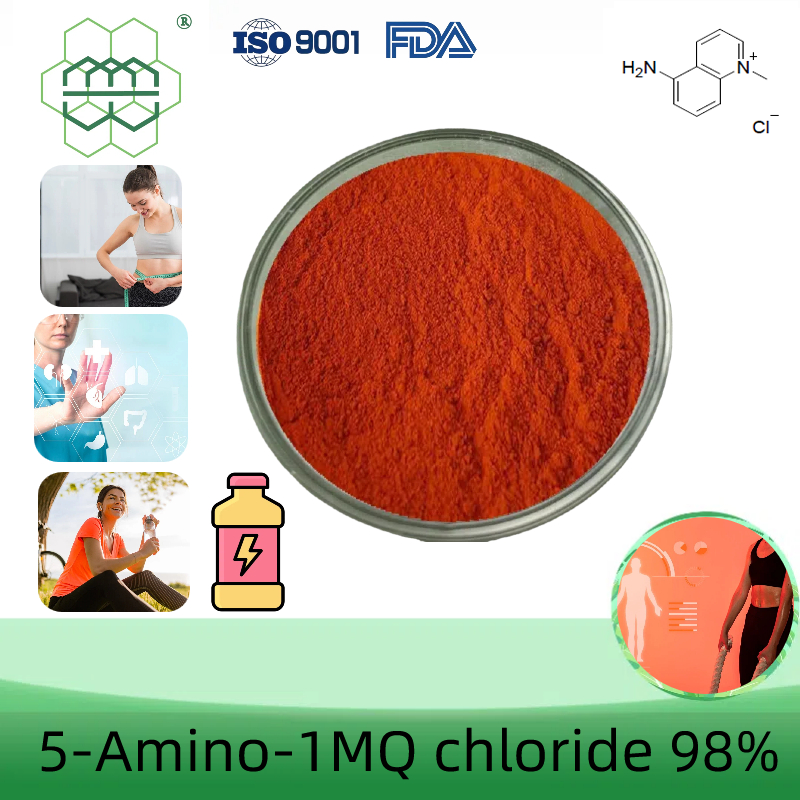-
Categories
-
Pharmaceutical Intermediates
-
Active Pharmaceutical Ingredients
-
Food Additives
- Industrial Coatings
- Agrochemicals
- Dyes and Pigments
- Surfactant
- Flavors and Fragrances
- Chemical Reagents
- Catalyst and Auxiliary
- Natural Products
- Inorganic Chemistry
-
Organic Chemistry
-
Biochemical Engineering
- Analytical Chemistry
-
Cosmetic Ingredient
- Water Treatment Chemical
-
Pharmaceutical Intermediates
Promotion
ECHEMI Mall
Wholesale
Weekly Price
Exhibition
News
-
Trade Service
Data released by the Food and Agriculture Organization of the United Nations on the 3rd showed that in May this year, the "FAO Food Price Index" averaged 127.
1 points, an increase of 4.
8% month-on-month and a year-on-year increase of 40%, marking the 12th consecutive month that the food price index has risen and climbed.
To the highest level in the past 10 years.
The transaction prices of coffee and tea are also significantly higher.
1 points, an increase of 4.
8% month-on-month and a year-on-year increase of 40%, marking the 12th consecutive month that the food price index has risen and climbed.
To the highest level in the past 10 years.
The transaction prices of coffee and tea are also significantly higher.
What are the reasons for the rising prices of these commodities?
Judging from the main categories of FAO Food Price Index statistics, the prices of the five major edible agricultural products have all increased, and they are all significantly higher than the levels of the same period last year.
Judging from the trend in the past month, the prices of dairy products and meat have risen relatively moderately, with a month-on-month increase of 1.
5% and 2.
2%, respectively.
Relatively speaking, the prices of vegetable oil, sugar and major grains have increased significantly.
The month-on-month increase was 7.
8%, 6.
8% and 6% respectively.
5% and 2.
2%, respectively.
Relatively speaking, the prices of vegetable oil, sugar and major grains have increased significantly.
The month-on-month increase was 7.
8%, 6.
8% and 6% respectively.
Among the major cereals, corn prices have experienced the largest increase, with a month-on-month increase of 8.
8%.
The factors pushing up the prices of these foods include changes in demand and the impact of limited logistics under the epidemic, as well as weather factors.
In particular, Brazil has experienced the worst drought in the past century, which is the supply of corn and sugar on the international market.
Both brought obvious pressure.
8%.
The factors pushing up the prices of these foods include changes in demand and the impact of limited logistics under the epidemic, as well as weather factors.
In particular, Brazil has experienced the worst drought in the past century, which is the supply of corn and sugar on the international market.
Both brought obvious pressure.
While the price of food has risen, the drink has also been affected, and the prices of major beverage raw materials have risen to varying degrees.
The main contract coffee price calculated by the American Intercontinental Exchange has risen by more than 20% since the beginning of this year, especially the recent rise is particularly significant.
The current level has been at the highest level in the past five years, which is also largely affected by the drought in Brazil.
The current level has been at the highest level in the past five years, which is also largely affected by the drought in Brazil.
The epidemic in India and the local drought have pushed up the transaction price of another major drink, tea.
According to Indian media reports, in the first four months of this year, domestic tea auction prices in India have increased by 47% year-on-year, which may weaken the competitiveness of Indian tea in the international market.
According to Indian media reports, in the first four months of this year, domestic tea auction prices in India have increased by 47% year-on-year, which may weaken the competitiveness of Indian tea in the international market.
The continuous increase in the prices of food and beverage raw materials has brought certain inflation concerns.
However, from the perspective of food safety, a relatively positive signal is that global cereal production may usher in an increase.
However, from the perspective of food safety, a relatively positive signal is that global cereal production may usher in an increase.
The Food and Agriculture Organization of the United Nations predicts that the world’s total cereal output in 2021 will increase moderately for the third consecutive year, reaching nearly 2.
821 billion tons, which is the highest level in history.
However, due to population growth, cereal consumption will also rise to a certain extent, and it is expected to reach it in 2021-2022.
A record 2.
826 billion tons.
Taking into account that there are more than 800 million tons of inventory, food security can still be guaranteed.
821 billion tons, which is the highest level in history.
However, due to population growth, cereal consumption will also rise to a certain extent, and it is expected to reach it in 2021-2022.
A record 2.
826 billion tons.
Taking into account that there are more than 800 million tons of inventory, food security can still be guaranteed.







